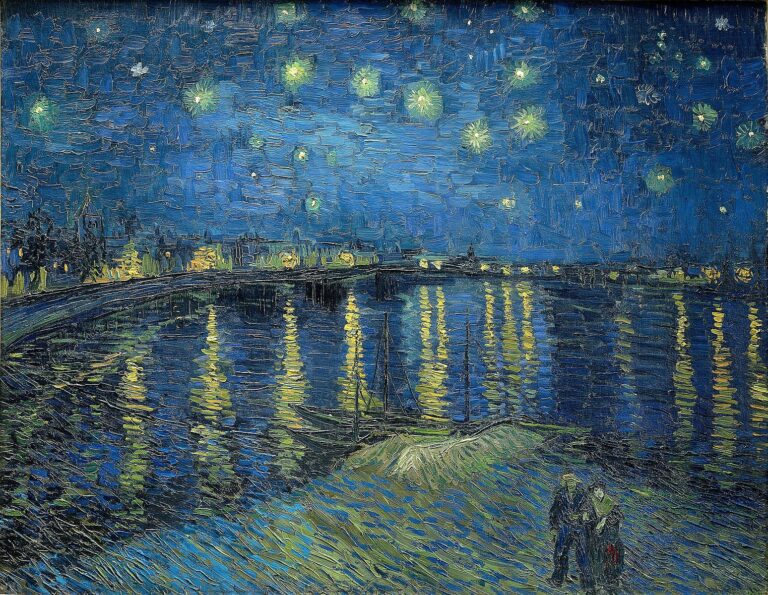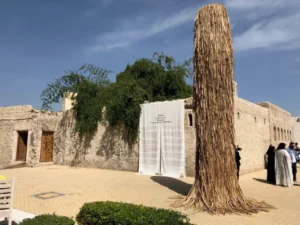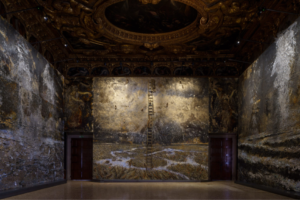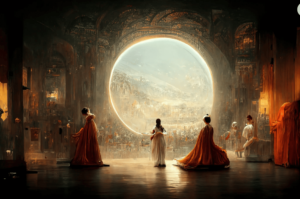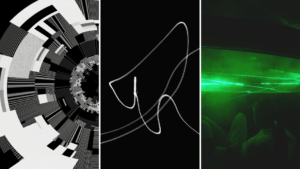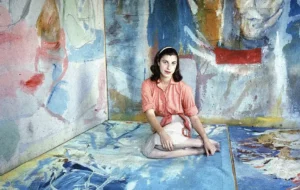London, known for its unrelenting charm and cultural poise, readies itself for an extraordinary event as The National Gallery enters a celebratory phase with its bicentenary and a once-in-a-century exhibition. From 14 September 2024 to 19 January 2025, the National Gallery opens its doors for a stunning homage to one of the most enigmatic and passionate artists, Dutch painter Vincent van Gogh.
The “Van Gogh: Poets and Lovers” exhibition will take audiences on a poetic exploration through Van Gogh’s romantic lens and tumultuous heart. Fifty paintings and drawings transposing the artist’s ardent years spent in Arles and Saint-Rémy come together, including his famous works such as Starry Night over the Rhône (1888), The Yellow House (1888), the National Gallery’s own Sunflowers (1888), and Van Gogh’s Chair (1889).
“It is good to love many things, for therein lies strength, and whosoever loves much performs much, and can accomplish much, and what is done with love is well done.”
The Romantic Landscapes of Arles and Saint-Rémy
The crux of this exhibition zeroes in on Van Gogh’s deeply moving time in southern France. There, he found himself under the spell of nature’s grandeur and the warmth of human connections, actualizing his canvases into heartfelt tributes. His immersive days in Arles and his reflective periods at the Saint-Rémy asylum steered him to reach new heights in his art.
The Yellow House (1888) symbolizes Van Gogh’s aspirations for establishing an artist commune during his time in the south of France. Using mostly yellows and blues, Van Gogh executes a dynamic visual of his neighborhood that represents his intense desire to create a nurturing art community. Meanwhile, Van Gogh’s The Bedroom (1888), with its quaint intimacy, gives us a cozy look into his private space at the Yellow House. This place represents more than mere lodgings; it symbolizes his desire for stability and a happy home life. The humble yet evocative composition lays bare his loneliness in his own room —a room infused with the vulnerability of a man seeking solace.
The Garden of the Asylum (1889) at Saint-Paul de Mausole hospital transcends its melancholic origins to become a peaceful, colorful haven —a vibrant sanctuary seen from Van Gogh’s window during his convalescence. The blooming irises and serene pathway become symbols of his determined spirit and poetic imagination, crafting beauty amidst strife.
In one of Van Gogh’s most famous paintings, Sunflowers (1888), the canvas perfectly captures his deep longing for camaraderie and sense of community. Through bright, expressive sunflowers, Van Gogh wanted to create hospitality and warmth. The series showed how the artist could translate his emotions into art, using lively patterns and different shades of yellow to demonstrate his hopeful side, despite the contrasting sadness often found in his love life.
“There is nothing more truly artistic than to love people.”

Inspiration from Poets, Lovers, and Nature
Van Gogh, who frequently drew inspiration from literary figures and romantic ideals, channeled these influences into his art with unrivaled creativity. He loved poetic narratives, and this passion transformed his paintings into vivid, colorful visual tales. He was the quintessential painter-poet, blending reality and dreams seamlessly in his work.
In the alluring Starry Night over the Rhône (1888), the painter captures the intimacy of a couple walking by the river under a night sky filled with vibrant, swirling stars. Each star exudes an ethereal glow, transforming the night scene into a symbol of infinite love and contemplation. The reflection in the rippling waters does more than merely mirror the sky but also highlights our ongoing connection with nature and each other.
Van Gogh’s attraction for simple, everyday things is clear in Van Gogh’s Chair (1889). This seemingly plain chair tells us a lot about his daily life and emotional depth. It’s as if he’s showing us that rustic simplicity can also exude modest beauty and importance.

Beyond Canvas—The Art of Life’s Longing
The exhibition extends past the dimensions of the canvases, inviting us to explore Van Gogh’s personal feelings and emotional landscapes. One cannot discuss Van Gogh without addressing his profound yet tragic experience with love. His relationships, often marred by misfortune and yearning, shadowed his short-lived yet brilliant career.
Within the rooms of the National Gallery, Van Gogh’s love life, and lack thereof, comes to light. We also witness that despite constant heartbreak, he never lost his romantic spirit. Whether it was the elusive Kee Vos or the enduring memories of Clasina Maria Hoornik, his passion is vividly present in his work.
Kept in the shadows of his artistic genius, Van Gogh’s love life was filled with longing and heartache. His unrequited love for Kee Vos-Stricker, his widowed cousin, was a particularly poignant chapter. Van Gogh fell deeply for her, yet she firmly rejected his advances, famously declaring, “No, nay, never.” This harsh rejection left a lasting emotional scar on Van Gogh, but it also fueled his passion and self-reflection — both of which are evident in his art.
Similarly, his relationship with Clasina Maria Hoornik, also known as Sien, was complex and fraught with struggle. Sien was a destitute woman Van Gogh took in, despite having worked as a prostitute, was pregnant and already had a young child. Driven by both compassion and romantic interest, Van Gogh moved them into his studio. She became both his model and his partner for a time. However, their relationship was troubled and ultimately unsustainable, causing more heartbreak for the artist. Despite this, the time he spent with Sien deeply influenced his perception of human suffering and empathy, themes that are reflected through his drawings and paintings.
The deep sadness in Van Gogh’s life infused his art with a glaring sincerity and raw honesty—an emotional intensity unmatched by his contemporaries. His letters to Theo, his brother, are filled with revelations of unrequited love, showing his passionate but often hopeless pursuits. In one of his letters to his brother, Van Gogh talks about his neighbor, Margot Begemann, a woman he felt “such damned pity for” – revealing yet another love that Van Gogh experienced that was mostly rooted in sympathy. Van Gogh wanted to marry Margot, who was mentally unstable. When the affair ended dramatically due to the opposition of their families, she tried to kill herself.
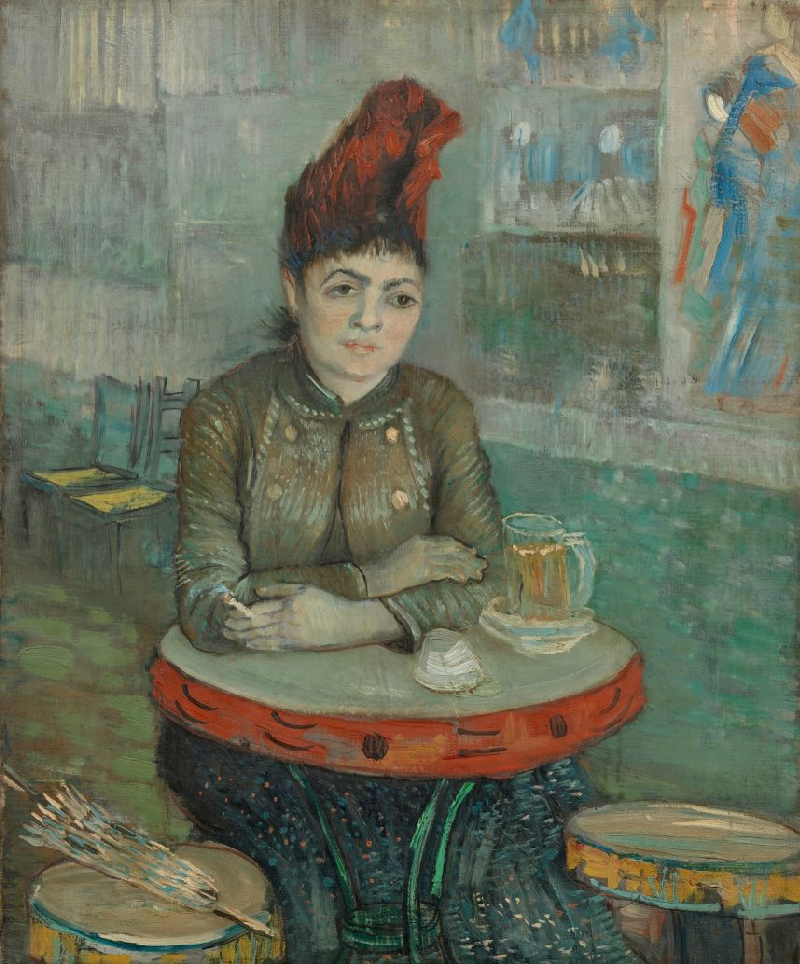
vangoghmuseum.nl
Historic Bicentenary and Grand Homage to Van Gogh’s Heart and Soul
The “Van Gogh: Poets and Lovers” exhibition at the National Gallery in celebration of its 200th birthday provides more than just an artistic indulgence; it is a journey into the heart of an artist who saw the world in vibrant, unique shades. As London celebrates this momentous bicentenary, visitors are granted an unparalleled chance to connect with Van Gogh’s world.
The exhibition not only pays tribute to the National Gallery’s storied past but also opens a path for future generations to experience the transcendent power of art. Walking through the halls where Van Gogh’s creations are exhibited, the blend of respect and revelation is palpable. It is here that Van Gogh’s romantic vision remains timeless, continuing to touch hearts and minds.

